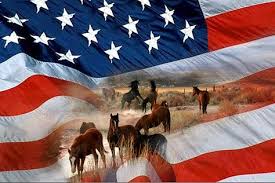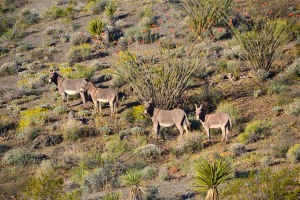by and published on Horse Nation
“As a person who has enjoyed the company of many horses over the years, I thank heaven that I have never had to take one to war.” ~ General Sir Frank Kitson
The first records of horses used in warfare date to Eurasia between 4000 and 3000 BC. This Sumerian illustration, dated from 2500 BC, depicts horses pulling wagons.
The earliest written training manual for war horses was a guide for training chariot horses written at approximately 1350 BC followed by a guide to training riding horses in 360BC, written by Greek cavalry officer Xenophon.
Muslims, Knights of the Crusades, Japanese Samurai, American Indian tribes, such as the Comanche, and Civil War soldiers all used the horse as a powerful weapon of war.
A few of the more interesting facts I discovered were “that stallions were often used as destriers due to their natural aggression. However, there may have been some use of mares by European warriors, and mares, who were quieter and less likely to call out and betray their position to the enemy, were the preferred war horse of the Moors, who invaded various parts of Southern Europe from 700 AD through the 15th century. Geldings were used in war by the Teutonic Knights, and known as monk horses. One advantage was if captured by the enemy, they could not be used to improve local bloodstock, thus maintaining the Knights’ superiority in horseflesh.” – WIKIPEDIA
At the turn of the twentieth century during WWI, millions of horses were sent to the war front.
Still, horses were struggling to find their place in modern warfare. Trenches, barbed wire, machine guns and finally tanks, introduced in 1917, would render cavalry almost useless. No longer a glorious mount for a soldier, the horses were reduced to pack animals, hauling millions of pounds of ammunition, guns and supplies to the front.
“Horses were easier targets than men, and you could do more damage to the enemy’s supply lines if you hit the horses,” says Simon Butler, author of War Horses. Still, without working railroads, horses were the only transport for heavy equipment, men and supplies. 8 million of these silent, tireless heroes would not survive the war. “Of the one million horses which left Britain for the Western Front, just 60,000 returned,” reports DailyMail UK.
 It was the role as pack animal that would make horses crucial in the Second World War. The Soviet Union, Nazi Germany, Japanese and American (though to a much lesser degree) forces all used horses and mules extensively as pack animals and for scouting missions. In fact, George S. Patton wished for more on the front, saying, “Had we possessed an American cavalry division with pack artillery in Tunisia and in Sicily, not a German would have escaped.”
It was the role as pack animal that would make horses crucial in the Second World War. The Soviet Union, Nazi Germany, Japanese and American (though to a much lesser degree) forces all used horses and mules extensively as pack animals and for scouting missions. In fact, George S. Patton wished for more on the front, saying, “Had we possessed an American cavalry division with pack artillery in Tunisia and in Sicily, not a German would have escaped.”
The German army used 2.75 million horses – more than it used in WWI.
The Soviet Union used 3.5 million.
Most if not all of these horses died on the battlefields or were abandoned after the war.
Only recently have these valiant actions begun to be memorialized.
An inscription reads, “THE GREATNESS OF A NATION CONSISTS NOT SO MUCH IN THE NUMBER OF ITS PEOPLE OR IN THE EXTENT OF ITS TERRITORY AS IN THE EXTENT AND JUSTICE OF ITS COMPASSION.”
And yet the fighting is still not over. A small number of horses are still required for scouting missions and undercover operations even today by multiple countries. The book, Horse Soldiers by Doug Stanton, details how American Special Forces utilized horses extensively during the recent war in Afghanistan.
Remember to honor all the veterans this Memorial Day, four legged or two.
Hug a Horse












